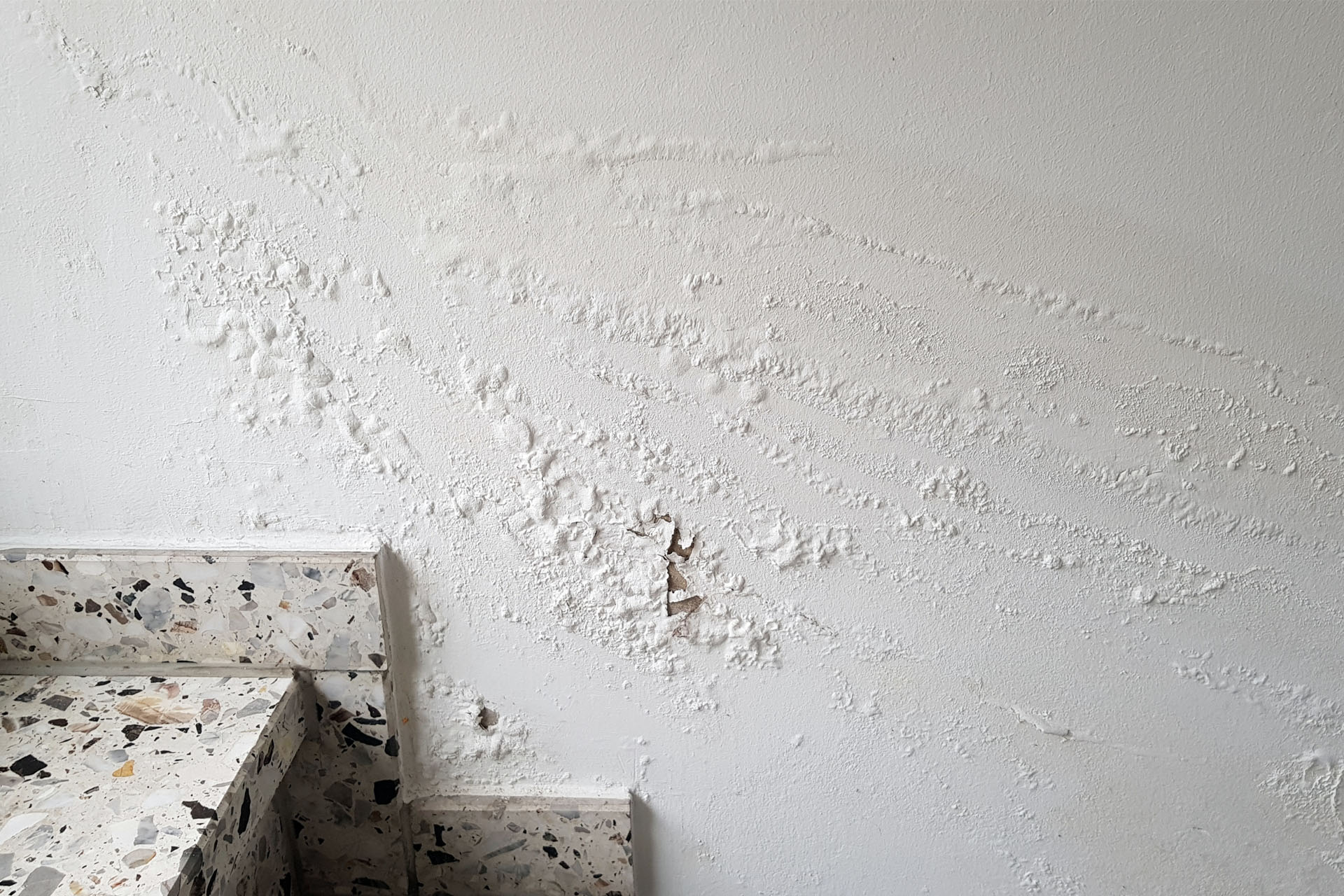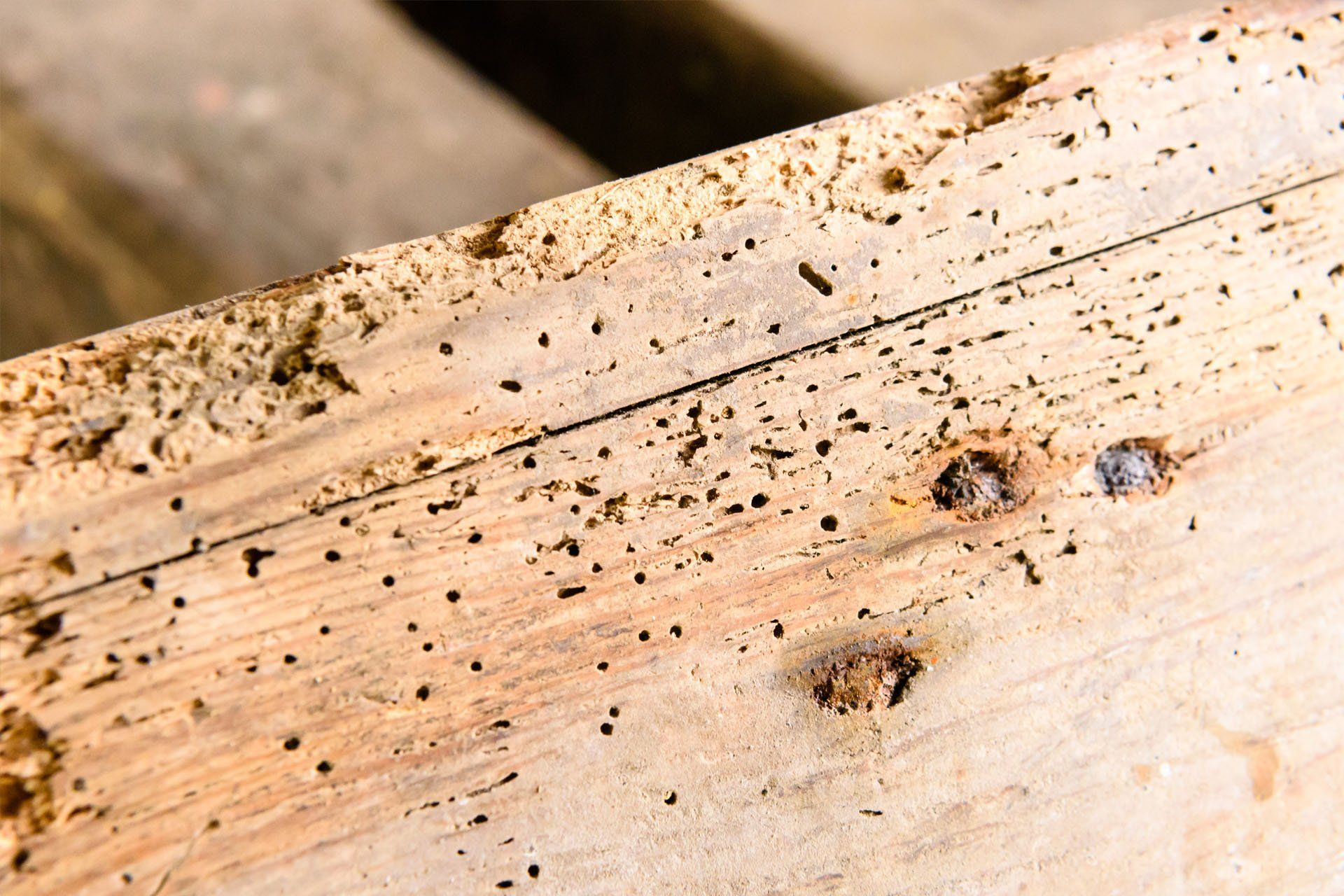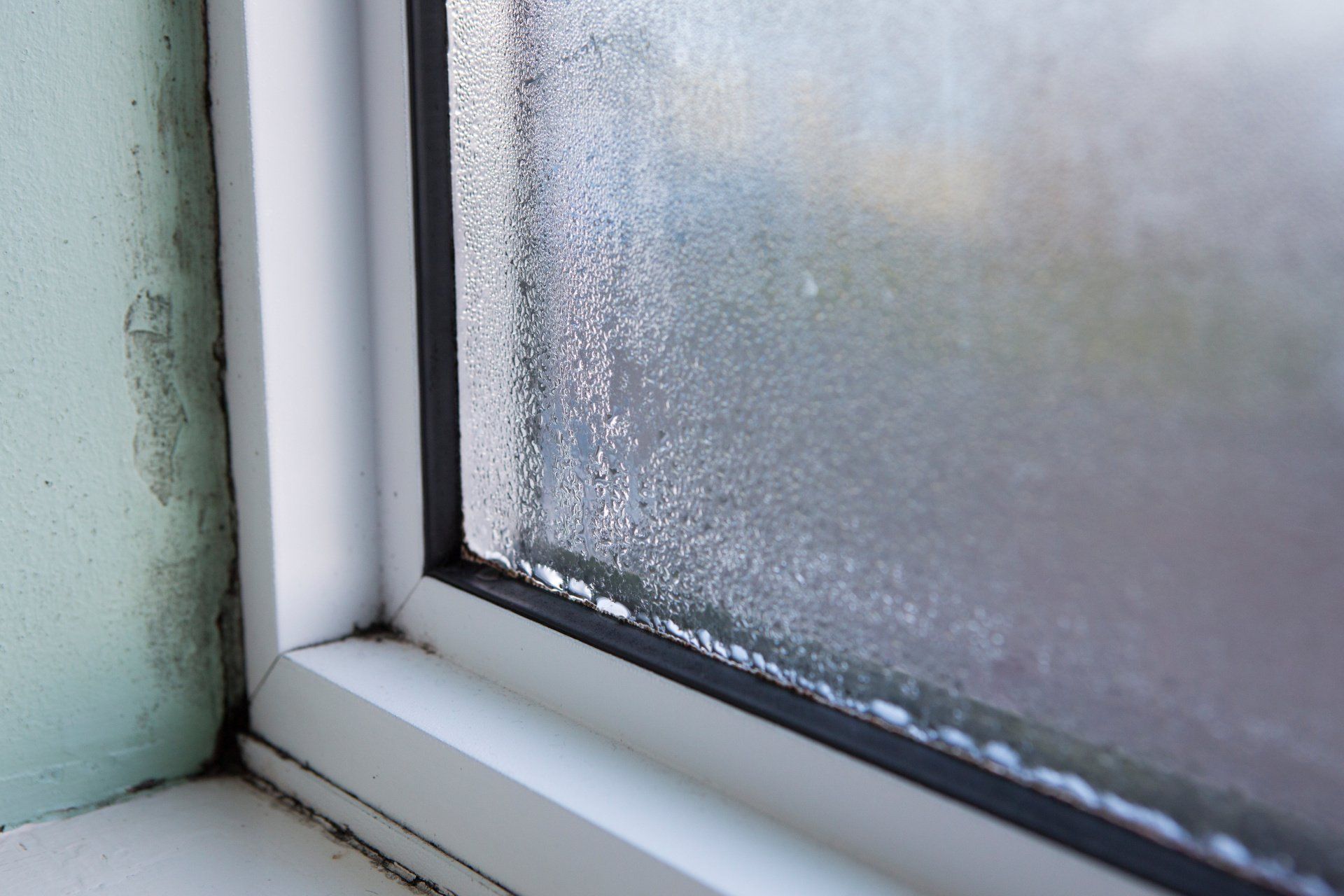Welcome to The Damp Doctor Ltd
We offer a reliable service across the North East for all aspects of damp proofing and wood treatments.
Learn more
Rising damp, penetrating damp and condensation are the three most common types of damp for residential properties. Our team of experienced and dependable employees will help you determine the cause and advise on the best way to take care of your property. We offer a comprehensive range of damp treatments and all work is covered by a 10 year guarantee.
Rising Damp
Rising damp is the common term for the slow upward movement of water in the lower sections of walls and other ground-supported structures.
There are many signs that would indicate you have rising damp problems within your property. These include - tide marks on your interior or exterior walls, salts coming through your plasterwork or brickwork, wallpaper coming away from your interior walls and even a change in the overall air quality.
Penetrating Damp
Penetrating damp is caused by water leaking through walls. This type of damp may expand across your walls or ceiling, but this will move horizontally, rather than by travelling up walls (as is the case with rising damp).
Penetrating damp often shows up through damp patches on walls or ceilings, which may darken when it rains. You’re more likely to get penetrating damp if you live in an older building with solid walls, as cavity walls provide some protection.
Wood treatments
Rot is one of the major causes of timber decay in old, historic and even modern buildings. The two most common types of wood rot include wet rot and dry rot, which are caused by fungal decay in building timbers. A wide range of fungus species, known as ‘lignicolous’ fungi are responsible for damage, which can affect roof joists, window frames, floorboards, stairs and skirting boards. Dampness and poor ventilation are usually the main reasons for rotting wood.
Condensation
Condensation occurs when high levels of humid air are trapped within a building, where poor ventilation does not allow it to escape. This moisture then condenses when it touches cold surfaces such as windows or walls; eventually leading to mould growth. Improving insulation, double glazing and draught proofing can reduce the natural ventilation in properties and therefore lead to the build up of water vapour.
More information




